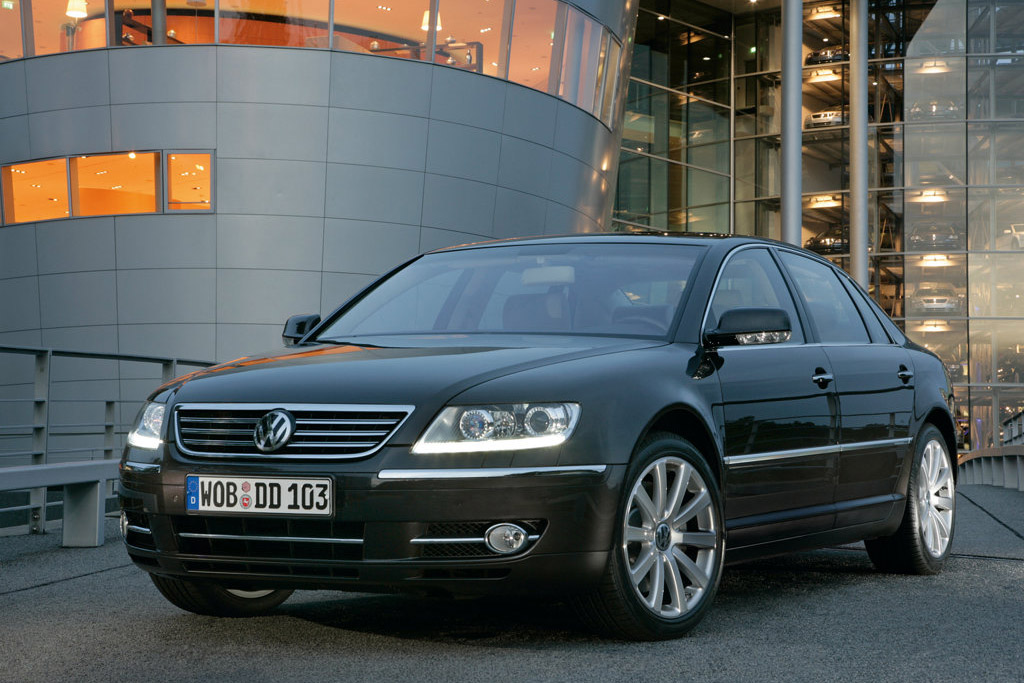* 1 History
* 2 2003–2006 Models
* 3 2007–2008 Models
o 3.1 Specifications (United States 2008 Model
* 4 Reviews
* 5 References
Kawasaki introduced the Z1 motorcycle in 1972. Four years later they introduced the Kz900. The original Kawasaki Z1 was the first series of Japanese motorcycles with the combination of four cylinders, dual overhead cams and 903 cc (55.1 cu in). It was one of the most powerful motorcycles produced up until that time, and set multiple world records.[citation needed] And even though its quarter mile times and top speeds were grossly overestimated,[by whom?]actual numbers were impressive enough to earn the bike the nickname “The King”.[citation needed] In 1977 a z1000 ridden by Reg Pridmore became the first Japanese bike to win an AMA Superbike national when it took the victory at Pocono Raceway. In 2003 Kawasaki introduced a completely revamped 30 year anniversary edition of the Z1000. It used a modified engine from the Kawasaki ZX-9R, and was bored out by 2.2 mm resulting in bigger displacement, more low-RPM torque, and only a slight power loss of 4 bhp from the original ZX9. In 2004, Kawasaki released the Z1000's smaller brother, the Z750. In 2007, Kawasaki released a new Z1000. The Z-series since the 1970s until today are also known as the “Z”, “Zed”, and “Z1k”.
In October 2009, Kawasaki unveiled the 2010 Z1000. It received an all new Aluminum frame, Digital Instrument Panel, Bodywork, and a completely new engine. It sports 77 x 56mm bore and stroke figures, 1mm over the ZX-10R’s 76 x 55mm displacing 1,043cc. That is up from the previous model's 953cc. Compression ratio is 11.8:1, and fuel injection is handled by a bank of 38mm Keihin throttle bodies
[edit] 2003–2006 Models
Stylistically, the 2003 Z1000 was a departure from other naked sportbikes of the time. The Z1000 used the same tail section that was being used on the 2003 ZX6R 636cc sport bike. Kawasaki hired the same industrial designer credited with designing the Mazda Miata to create an aggressive bikini fairing to match the 636s tail section.[citation needed]
The Z1000 uses a backbone frame that supports the engine as a stressed member. Engine mounts can be removed to ease access for maintenance.
Compression damping is done on one fork leg, rebound damping on the other. This technology is from dirt bikes, and is rare on street motorcycles. The Nissin brakes have four piston calipers.
2007 Kawasaki Z1000In 2007 Kawasaki released an updated version of the Z1000. The bike features a detuned version of the ZX-9R engine. This detuning, in addition to the design of the exhaust, provides less top end compared to the super-sport ZX-9R engine, but more low to mid rpm range, giving a stock '07-08 Z1000 a top speed of about 166 mph and 0-60 mph acceleration in about 2.9 seconds, with about 125 bhp at 10,000rpm.[citation needed
 Kawasaki-Z1000
Kawasaki-Z1000 Kawasaki-Z1000
Kawasaki-Z1000 Kawasaki-Z1000
Kawasaki-Z1000 Kawasaki-Z1000
Kawasaki-Z1000 Kawasaki-Z1000
Kawasaki-Z1000 Kawasaki-Z1000
Kawasaki-Z1000 Kawasaki-Z1000
Kawasaki-Z1000 Kawasaki-Z1000
Kawasaki-Z1000

































